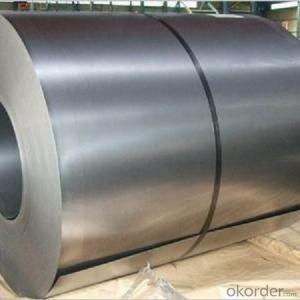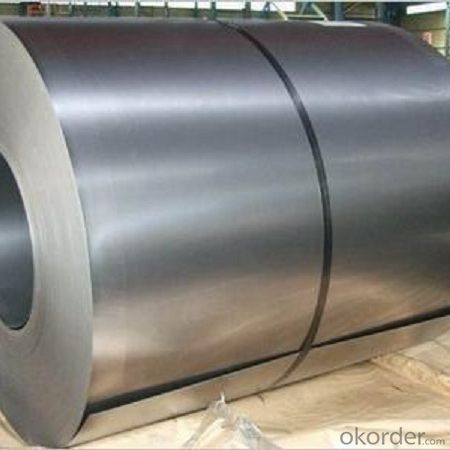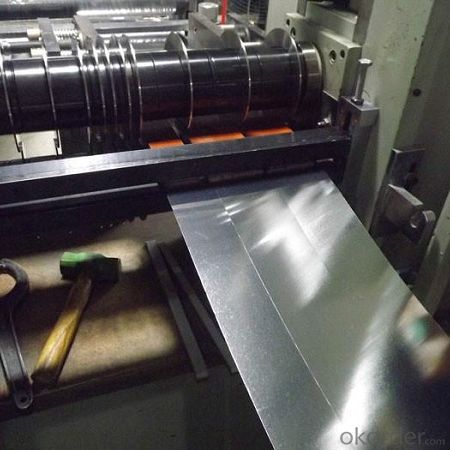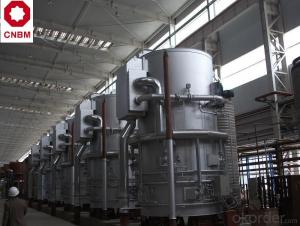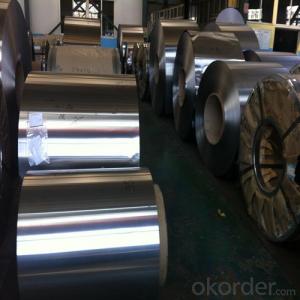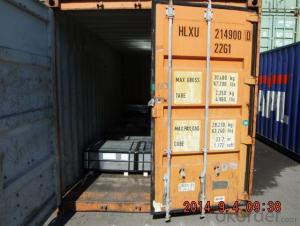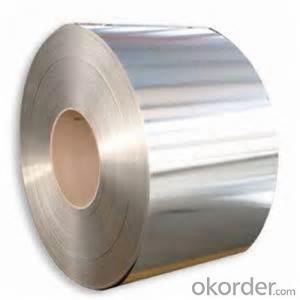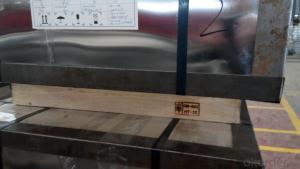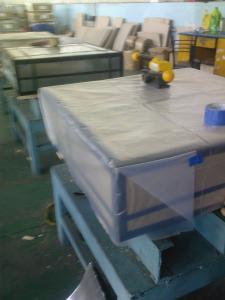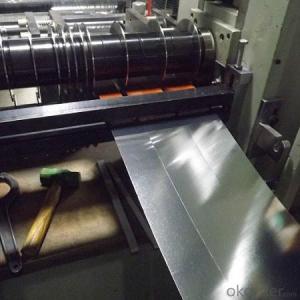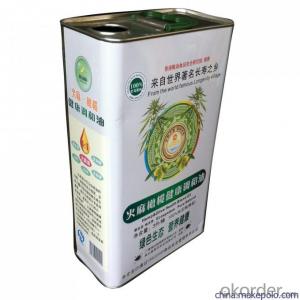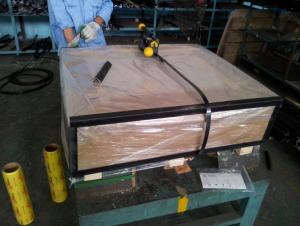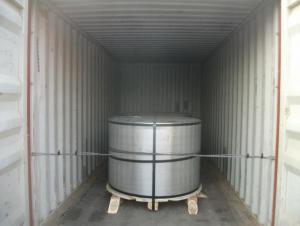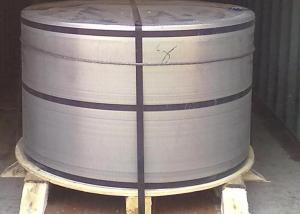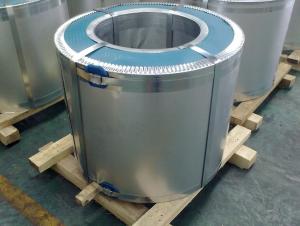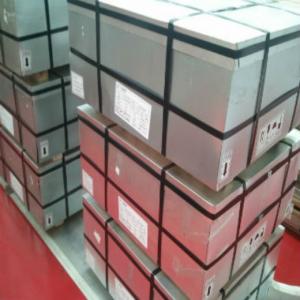Tinplate Making Sea Food Cans With good quality and competitive price
- Loading Port:
- Tianjin
- Payment Terms:
- TT OR LC
- Min Order Qty:
- 50 m.t
- Supply Capability:
- 20000 m.t/month
OKorder Service Pledge
OKorder Financial Service
You Might Also Like
Specification
Tinplate with prime quality hot sale products
Product Description
- Tinplate, as the name suggests, is coated on both sides with pure tin at various coating weights between 1 and 12 grams per square meter. It has an extremely beautiful metallic luster as well as excellent properties in corrosion resistance, solder ability, and weld ability.
2. Main Features
Tinplate is widely used for making all type of containers, electrical machinery parts and many other products.
3 Pictures.
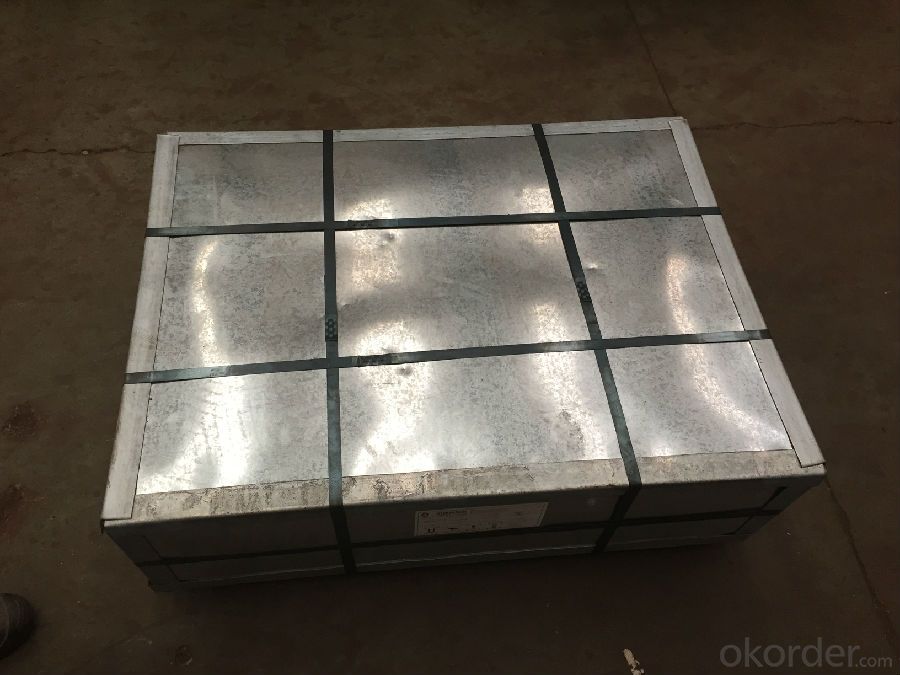
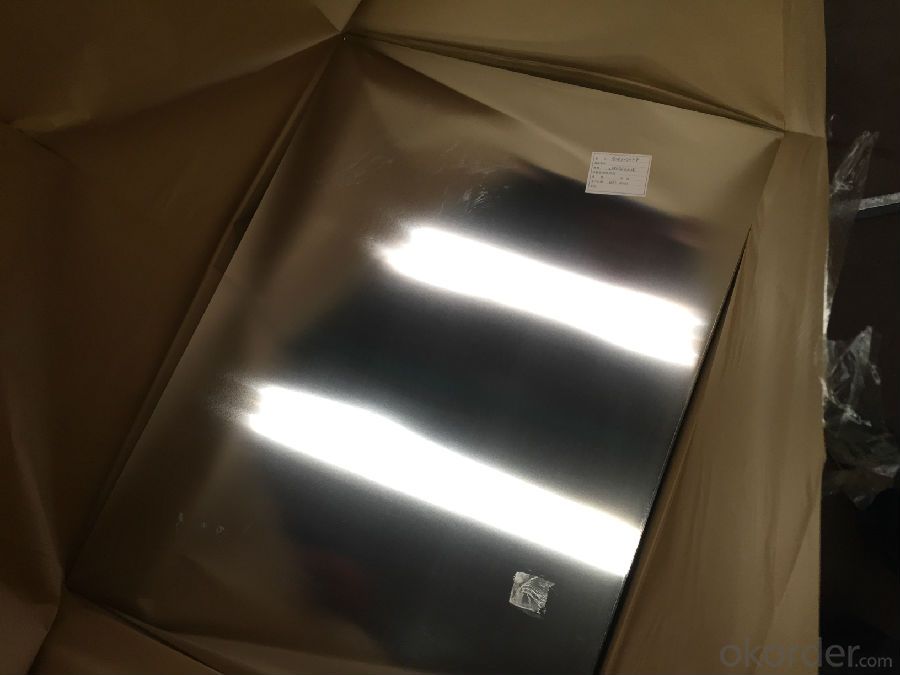
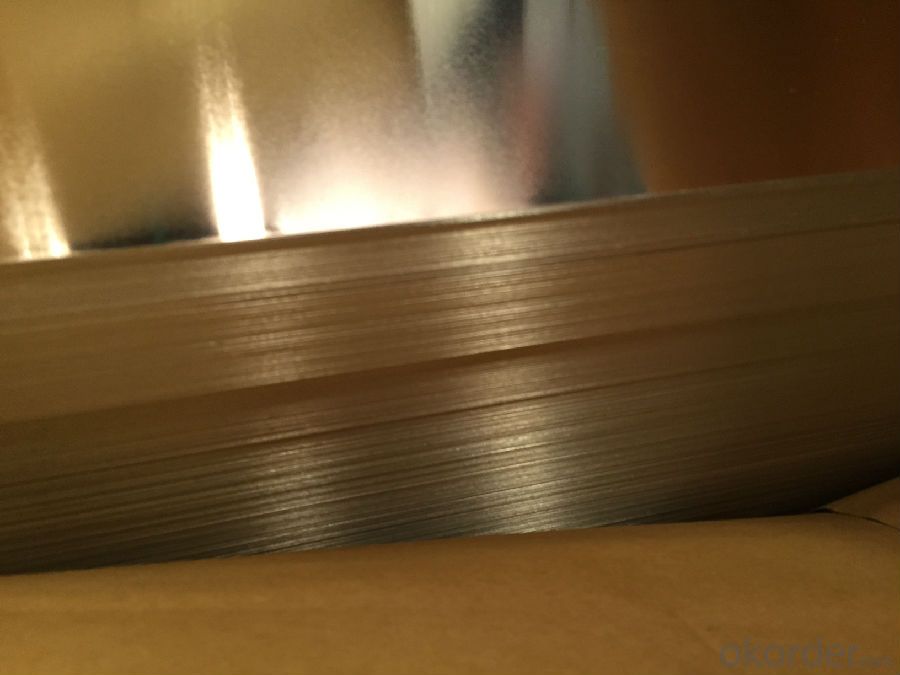
4. Applications
- Chemical and Painting Cans
- Dry food cans, such as fancy cans, biscuit cans, milk powder cans, tea cans
- Liquid food cans, such as edible oil cans, beverage cans, tomato paste cans
- Sea food cans
- Crown corks, easy open ends
- Electrical Machinery parts
- Bakeware and household kitchen parts
5.FAQ
CNBM is a state- owned enterprise, top 1 in China steel industry, top 500 world wide. Our tinplate annual capacity is 400,000metric tons. First class level with competitive price.
- Q: What kind of material is tinplate?
- This past China lamp tin plate made of kerosene, shaped like a horse, so called "tin". The name "tinplate" is not exact. Therefore, in 1973, when the Chinese tin plate meeting was called "tinplate", the official document no longer used the name "tinplate".
- Q: How is tinplate affected by exposure to oxygen?
- Tinplate is generally not affected by exposure to oxygen, as it forms a protective layer of tin oxide on its surface that prevents further oxidation.
- Q: How is tinplate used in the manufacturing of toys?
- Tinplate is commonly used in the manufacturing of toys as it provides a durable and lightweight material for various components. It is often used for packaging, such as toy boxes or containers, as it can be easily shaped and decorated. Additionally, tinplate can be used for creating toy parts, such as miniature cars or robots, due to its malleability and ability to hold intricate designs. Overall, tinplate enhances the aesthetic appeal and functionality of toys, making them more appealing to consumers.
- Q: What are the common sealing options for tinplate containers?
- The common sealing options for tinplate containers include twist-off caps, easy-open ends, peelable lids, and screw-on lids.
- Q: How does tinplate compare to plastic in terms of durability?
- Tinplate generally offers better durability compared to plastic. It is a sturdy material that can withstand external pressures and resist dents or breakage. Additionally, tinplate is less prone to cracking or warping over time, offering a longer lifespan for products made from it. On the other hand, plastic can be more prone to scratches, cracks, and degradation over time, making it less durable than tinplate.
- Q: Can tinplate be used for promotional and gift items?
- Yes, tinplate can be used for promotional and gift items. Tinplate is a versatile material that can be easily molded into various shapes and sizes, making it suitable for creating unique and customized promotional and gift items. Additionally, tinplate offers excellent printing capabilities, allowing for vibrant and eye-catching designs, making it an ideal choice for branding purposes.
- Q: How does tinplate contribute to the preservation of aerosol products?
- Tinplate contributes to the preservation of aerosol products by providing a durable and protective container that helps prevent the penetration of moisture, air, and light which can degrade the quality and effectiveness of the product. Additionally, tinplate containers are resistant to corrosion, ensuring the longevity and integrity of aerosol products.
- Q: What are the common closure options for tinplate containers?
- The common closure options for tinplate containers include twist-off caps, screw caps, snap-on lids, and pressure-sealed lids.
- Q: What are the main challenges in the disposal of tinplate products?
- The main challenges in the disposal of tinplate products include the need for proper recycling infrastructure, as tinplate is a complex material to separate and recycle. Additionally, ensuring the collection of tinplate products from various sources can be a logistical challenge. Furthermore, the presence of any hazardous materials or coatings on the tinplate can pose environmental risks if not managed properly. Lastly, promoting awareness and educating consumers about the importance of responsibly disposing of tinplate products can also be a challenge.
- Q: What is the purpose of coating tinplate?
- The purpose of coating tinplate is to provide a protective barrier against corrosion and to enhance the appearance of the metal surface.
Send your message to us
Tinplate Making Sea Food Cans With good quality and competitive price
- Loading Port:
- Tianjin
- Payment Terms:
- TT OR LC
- Min Order Qty:
- 50 m.t
- Supply Capability:
- 20000 m.t/month
OKorder Service Pledge
OKorder Financial Service
Similar products
Hot products
Hot Searches
Related keywords
